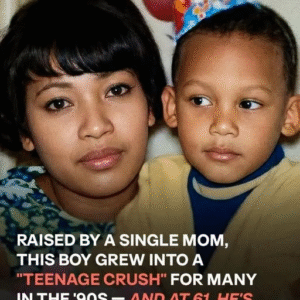The Ocean’s Hidden Depths
For years, scientists believed the Mariana Trench—the deepest place on Earth—remained untouched by human activity. That belief shattered when researchers discovered a single plastic bag on its seafloor. This small find sent a powerful message: even the most remote corners of our planet reflect our daily choices. Our actions travel farther than we imagine, and the ocean connects us all, no matter how hidden its depths.
Life Below the Surface
Sunlight never reaches these depths, yet life thrives. Coral, jellyfish, and unique deep-sea creatures call this world home. Studies reveal that nearly one in five pieces of plastic in deep-ocean areas has interacted with marine life. These encounters stress delicate ecosystems. Ancient underwater habitats rely on balance, and even minor disruptions can have serious consequences.
The Journey of Everyday Plastic
Much of this pollution comes from items we use daily—bags, wrappers, and packaging. These products may serve us for minutes, yet persist in nature for centuries. Carried by wind, rivers, and currents, they travel vast distances and eventually reach the ocean. Nearly 89% of plastic found in the Mariana Trench comes from single-use items. Even the deepest places mirror our habits.
A Reminder for Action
The plastic bag in the Mariana Trench is more than litter—it’s a gentle warning. It reminds us that every shore, every river, and every person shares responsibility for the planet. Small actions, like using reusable bags and reducing waste, help protect unseen places. Caring for the Earth ensures a healthier future for all life. Positive change begins with simple, thoughtful steps made together.





